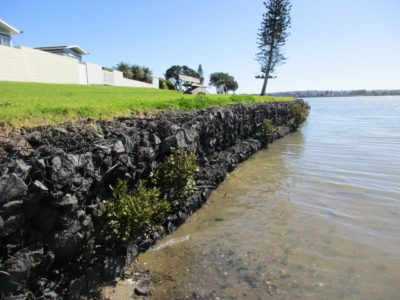
As Howick and districts count down to the 175th anniversary in 2022, the Times continues its series by Alan La Roche giving readers a glimpse of life as it used to be. The countdown began at the 170th in 2017
About 1300 AD the Tainui waka came to Aotearoa from Rangiatea via Rarotonga sailing to the East Cape, following the coast to Hauraki Gulf, the Waitemata then up the Tamaki River over the Otahuhu Portage to the Manukau Harbour. Hoturoa, the Paramount Chief thought he heard human voices, but it was manu-kau (only birds).
Ngai Tai, our tangata-whenua, are descended from those on the Tainui waka. Ngapuhi under Hongi Hika crossed the portage in 1822 heading for the Waipa hauling many seventy-foot long waka taua (war canoes) using wooden skids with his several thousand men after slaughtering several thousand at Mokoia and Mauinaina, Panmure paa. The missionary Reverend Henry Williams in 1835 visited the Otahuhu portage and described it as a “cart track” open space.
The Surveyor General, Felton Mathew thought Howick could be the capital of New Zealand but once he had seen Panmure, he changed his mind. Felton had mapped both the Waitemata and Manukau Harbours in 1840.
He wanted a canal built from Purewa Creek to the Panmure Basin with Panmure being the capital city. A railway would connect from south of the basin, to Onehunga bringing goods from the Waikato. But Governor William Hobson did not accept his plan, fortunately.
An 1848 advertisement stated that land by the Tamaki River “is perhaps the richest and most fertile in Auckland district traversed by the great road from Auckland to the interior, by frontage between Manukau and Tamaki River with a canal to unite these waters”.
With locks and canal it would be 90 miles shorter from Auckland to Sydney and 250 miles shorter to Wellington. Allotments were only two pounds an acre on the busiest main route south or north through the narrowest part of New Zealand. Maori had used this route for centuries as it was an easy gradient, less than a kilometre long and easy access – and Auckland’s most important portage.
The Auckland Harbour Board reviewed the Tamaki canals proposal regularly from the early settler period. There was a four-metre difference in the high tide levels between the Manukau and Waitemata Harbours, plus a three-hour difference. Turbines could capture the tide differences to produce electricity.
The Waitemata and Manukau Canal Promotion Company in 1904 produced plans for the canal following the portage route. Some considered the Manukau Bar had treacherous tides, the size and depth of the locks needed careful engineering calculations and who would pay for it?
In 1910, some Pakuranga farmers petitioned for a waterway from Tamaki to Manukau as settlers, merchants and farmers could see possibilities for a canal with locks to connect the Tamaki River via the Manukau to Onehunga and the Waikato.
Many had seen the successful barges and canals in Britain using horses to haul the barges along the canals. Water transport was much cheaper than using roads.
Today the bridges at Panmure and Mangere are high enough to allow shipping to pass. Properties along the route have large boulder edges to the Tamaki River to reduce erosion from river traffic. Major industries such as boat builders, car storage and ferry services are already using water transport effectively.
Portage Road in Otahuhu covers almost the entire length of what was the earlier portage. Maybe barge traffic will become popular again?
Alan La Roche, Howick Historian, alanlaroche@xtra.co.nz











